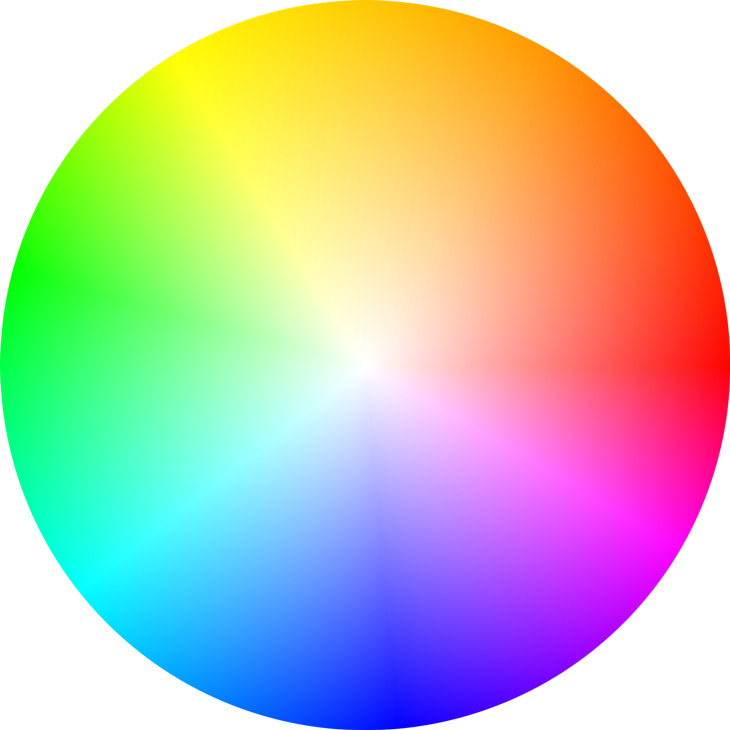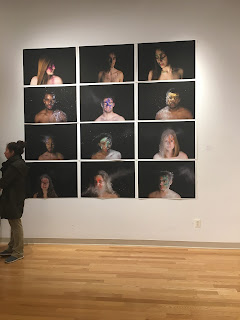Colors Podcast
I really liked the statement that these men made in the beginning of the podcast, where they said: "a scientist can say that color has an objective reality. But the colors we see are tricks of the imagination. And there is no perfectly objective view of color". I thought this was an interesting way to start off their podcast because it made me think a little further about my perception of color versus other people's.
I enjoyed learning about the differences in the rainbow that we see versus that of dogs. I always assumed that dogs did not see color and only saw the world in black and white. Turns out, their rainbow goes blue, green, and a tiny bit of yellow. Dogs do not have the red color, which is used to make hundred differences of colors, meaning that the significance of not having red is much more than we think. We can see this significance in our simple color wheels from class; had we only been able to use green and blue and a tiny bit of yellow, it would look very different.
I also found the part interesting about curing color blind monkeys. The only color that the monkeys could see was grey, which meant that they could not differentiate between things and only saw shades.They knew that they had cured these monkeys after their injection because there was a significant change in their behaviors during computer testing. They then mentioned that this cure for color blindness for monkeys could also cure color blind in humans with the same technique. I found it fascinating how people were asking for this injection even though it was not approved by the FDA yet and did not care about the risks. This just shows how color makes such an impact on how we see the world and how we experience it.

I enjoyed learning about the differences in the rainbow that we see versus that of dogs. I always assumed that dogs did not see color and only saw the world in black and white. Turns out, their rainbow goes blue, green, and a tiny bit of yellow. Dogs do not have the red color, which is used to make hundred differences of colors, meaning that the significance of not having red is much more than we think. We can see this significance in our simple color wheels from class; had we only been able to use green and blue and a tiny bit of yellow, it would look very different.
I also found the part interesting about curing color blind monkeys. The only color that the monkeys could see was grey, which meant that they could not differentiate between things and only saw shades.They knew that they had cured these monkeys after their injection because there was a significant change in their behaviors during computer testing. They then mentioned that this cure for color blindness for monkeys could also cure color blind in humans with the same technique. I found it fascinating how people were asking for this injection even though it was not approved by the FDA yet and did not care about the risks. This just shows how color makes such an impact on how we see the world and how we experience it.



Comments
Post a Comment